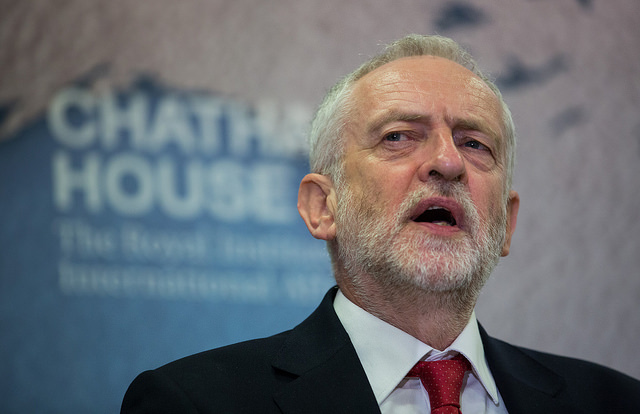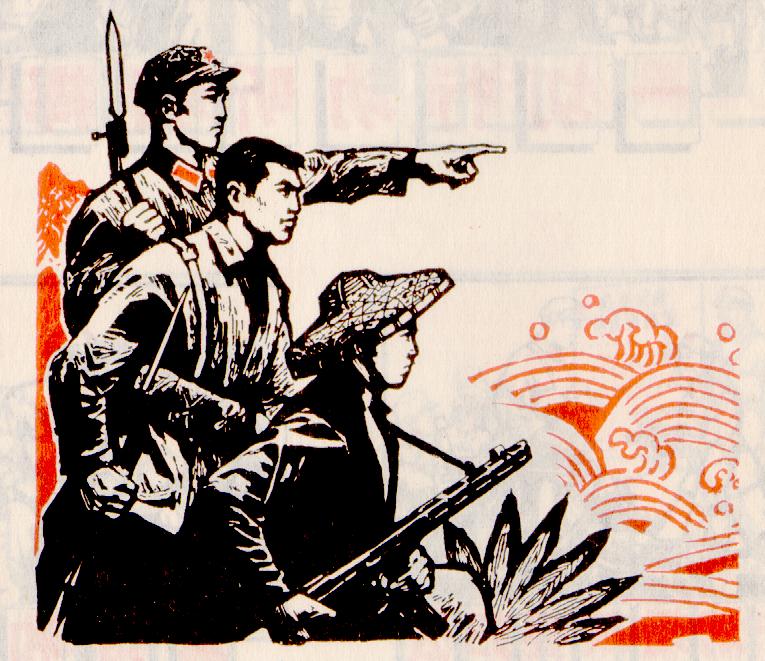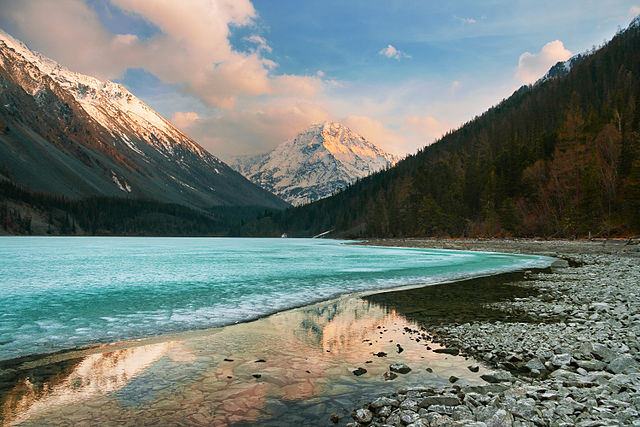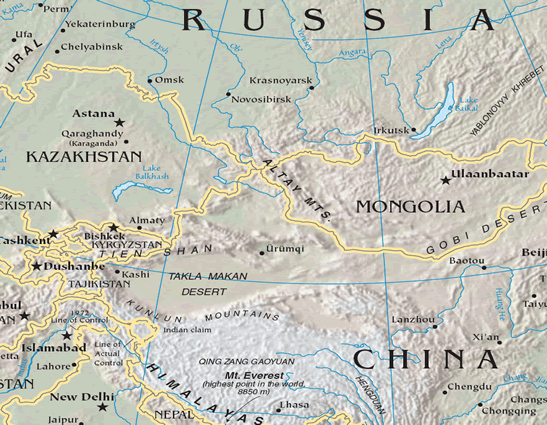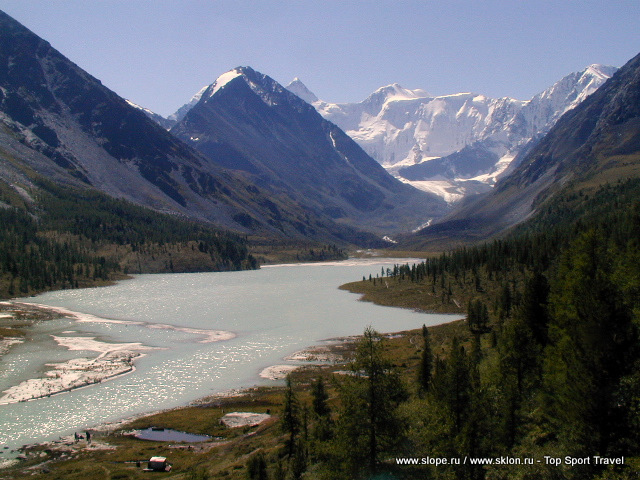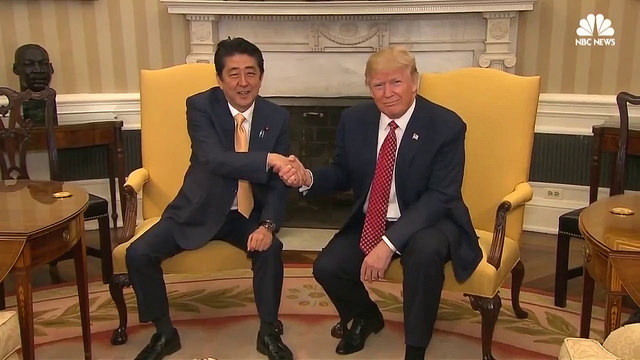by David Parmer / Tokyo
For 32 years Jeremy Corbyn, Labour M.P., has represented the people of his constituency, Islington North in the Parliament of the United Kingdom. And now, the day may not be far off when Mr. Corbyn will represent the whole country and the Commonwealth as its Prime Minister.
Mr. Corbyn has been head of the Labour Party since his victory in 2015, but it was Labour’s win in the June 2017 election that has brought him to center stage. The press now talks of his “rock star” quality, especially in relation to the fading Theresa May, current Prime Minister. It is said that the Tories underestimated Mr. Corbyn and his organization in the last election, a mistake that they will probably not make in the next one. But perhaps there has been a shift in British politics and now it is time for Labour, with Mr. Corbyn at its helm, to have a go at the problems, challenges and opportunities that the UK is faced with.
Mr. Corbyn’s heart is with the left, and it has been there consistently.He is no flip-flopper when it comes to issues from Cuba to Syria to the economy. He says he is not a Marxist, but a Socialist, and on a number of issues he favors:
- Public ownership of certain utilities and certain means of transport
- Tax relief for the middle class
- A united Ireland
- Non-intervention militarily in the Middle East
- A revised policy towards Saudi Arabia
- A negotiated settled between Madrid and Catalonia
- An equitable solution to the Palestinian question
- Republicanism, but not abolishing the Royal Family
- A revised Cuba policy
- No British military response to North Korea
The question is will the Conservative Party continue to be seen as lackluster come the next election, and will Labour’s star, and indeed Mr. Corbyn’s star continue to rise. Will there be a shift to the Left in Europe, and will the UK get to experience Socialism with British Characteristics? Please log in and let us know what you think.
Photo:Chatham House via flickr
 日本語
日本語 English
English 中国語
中国語